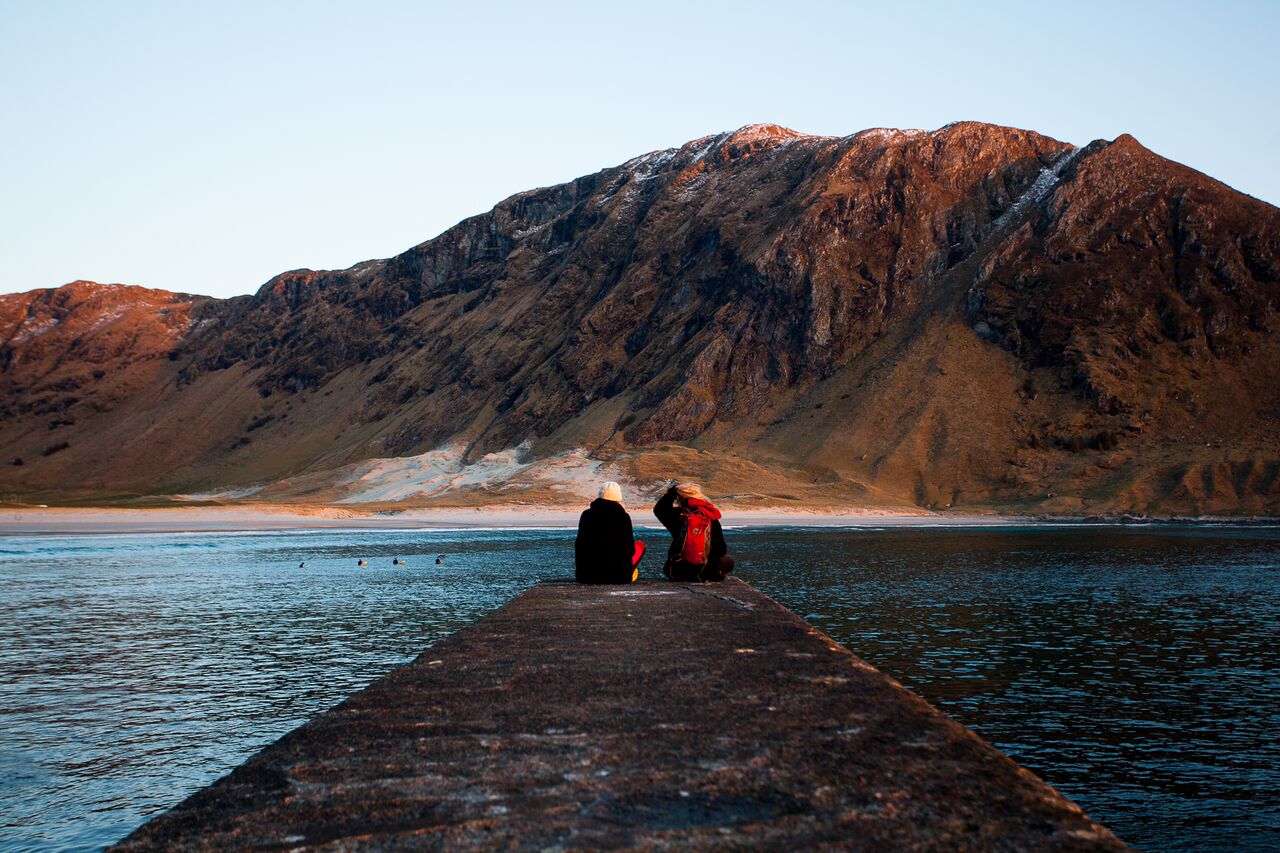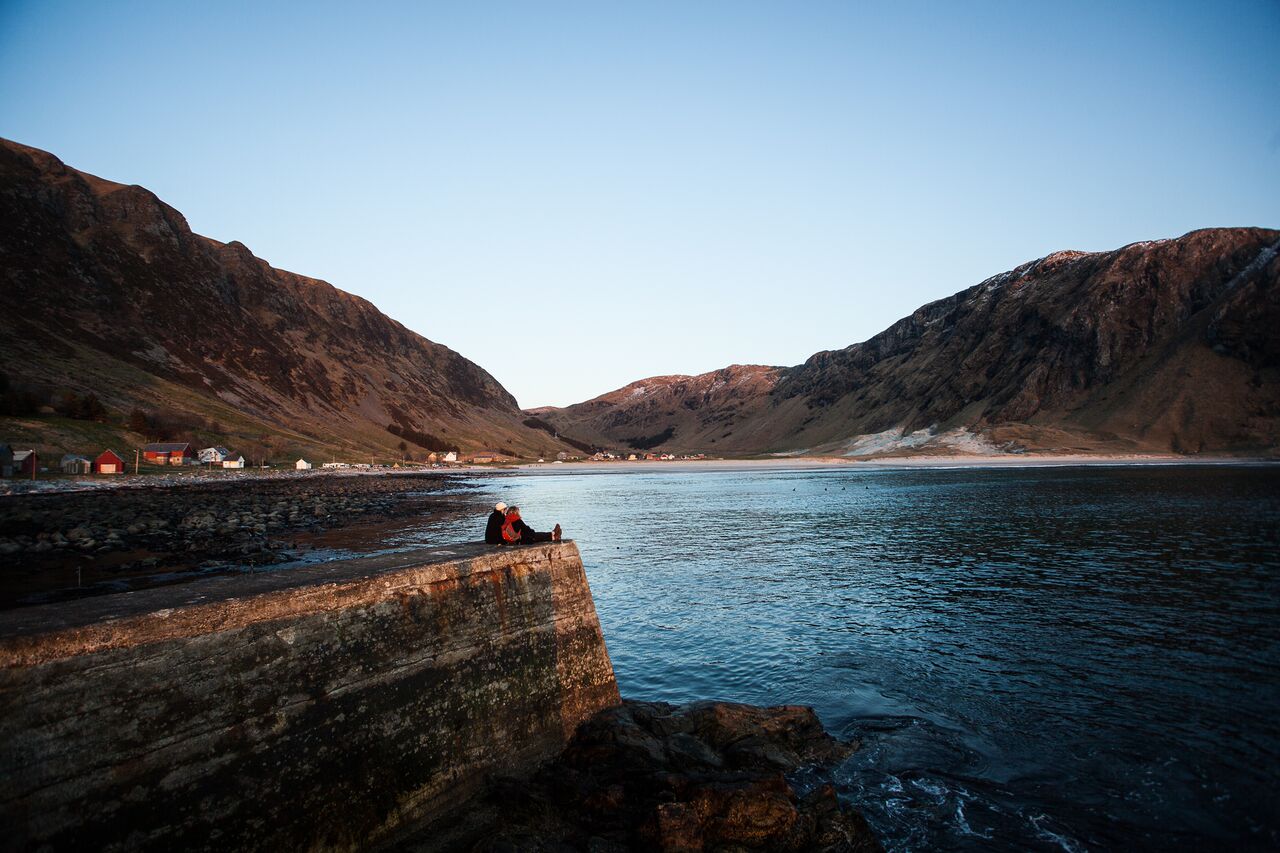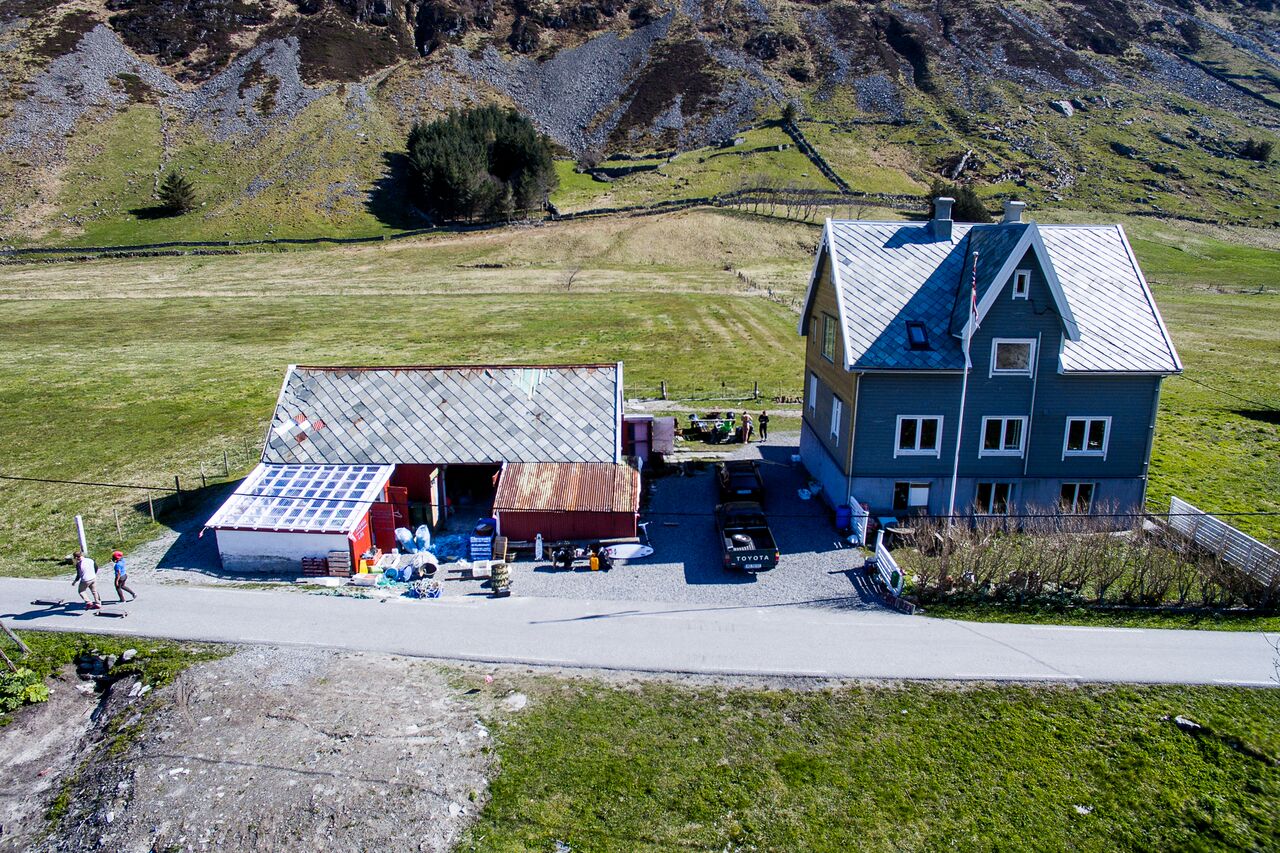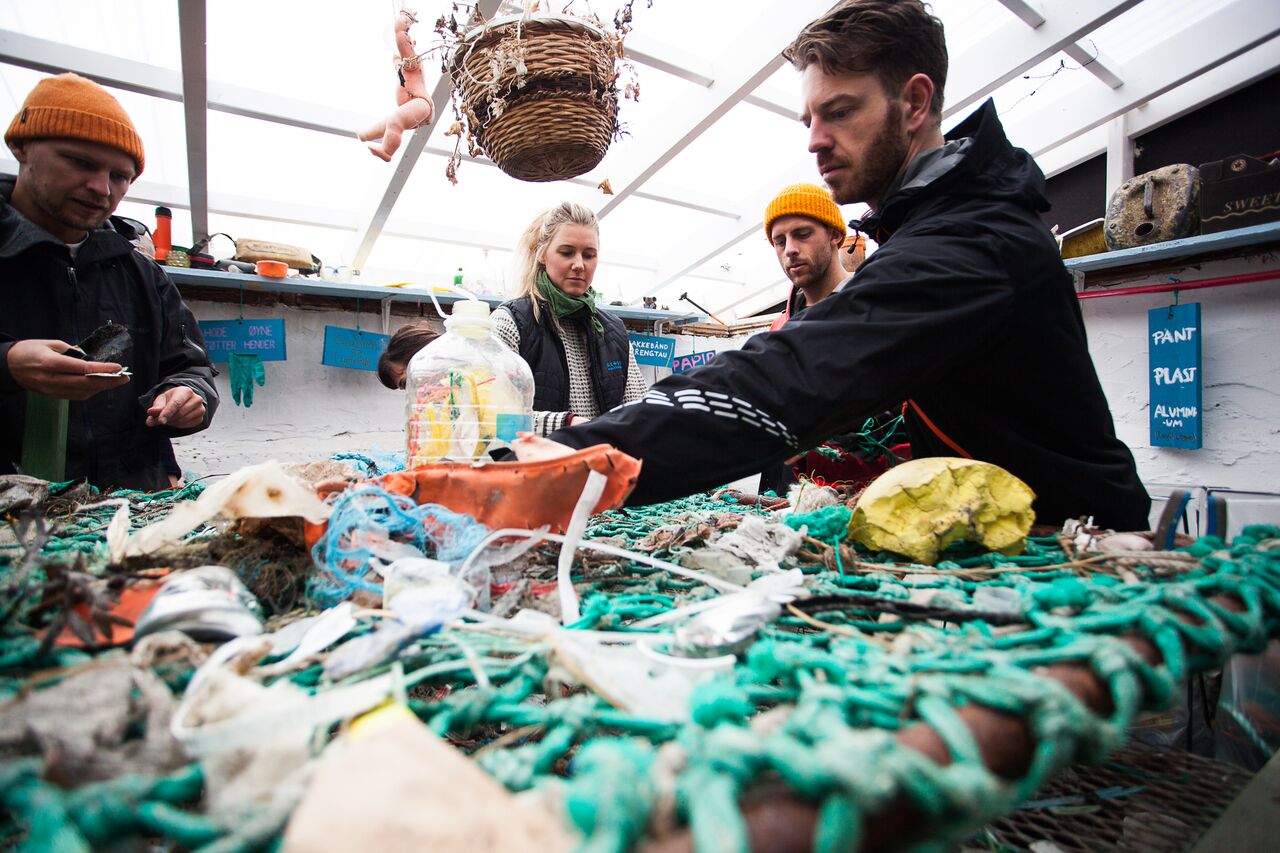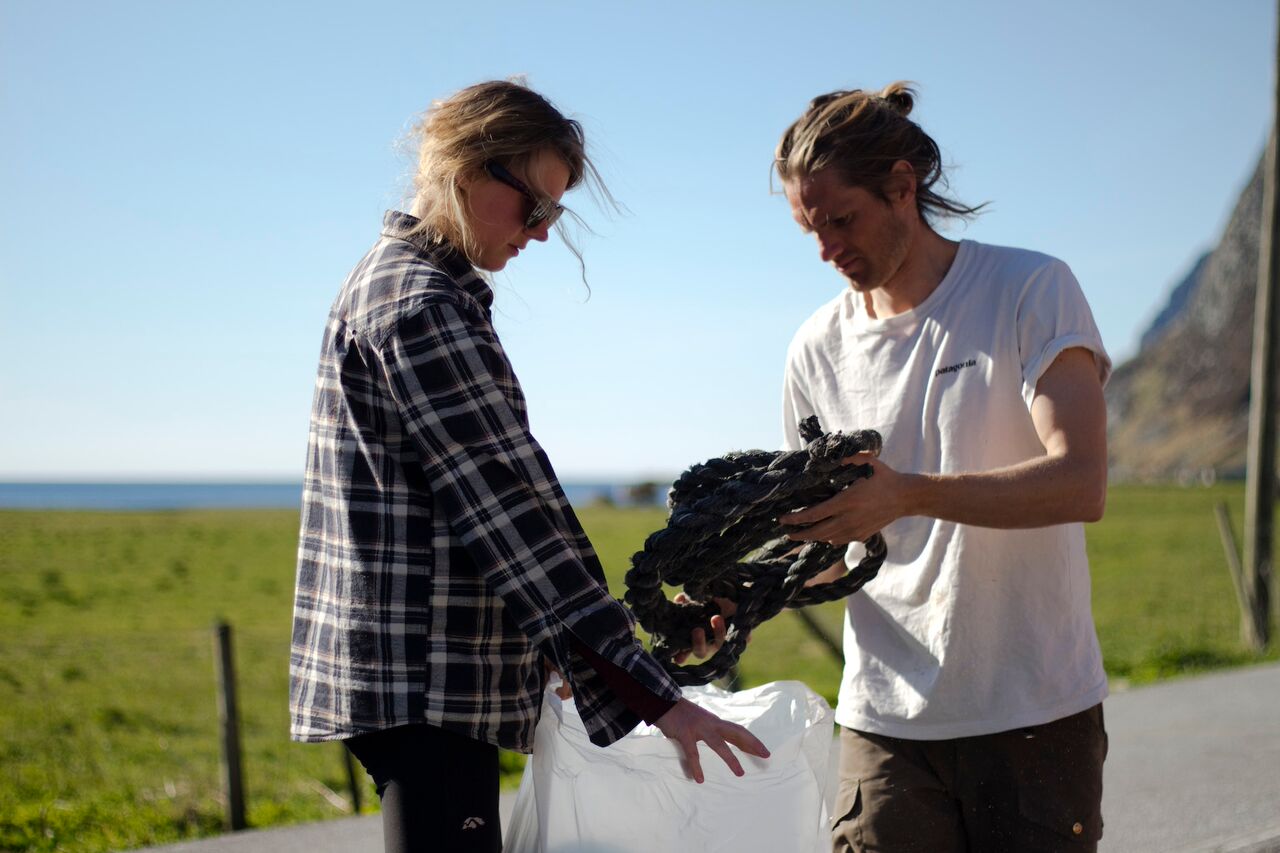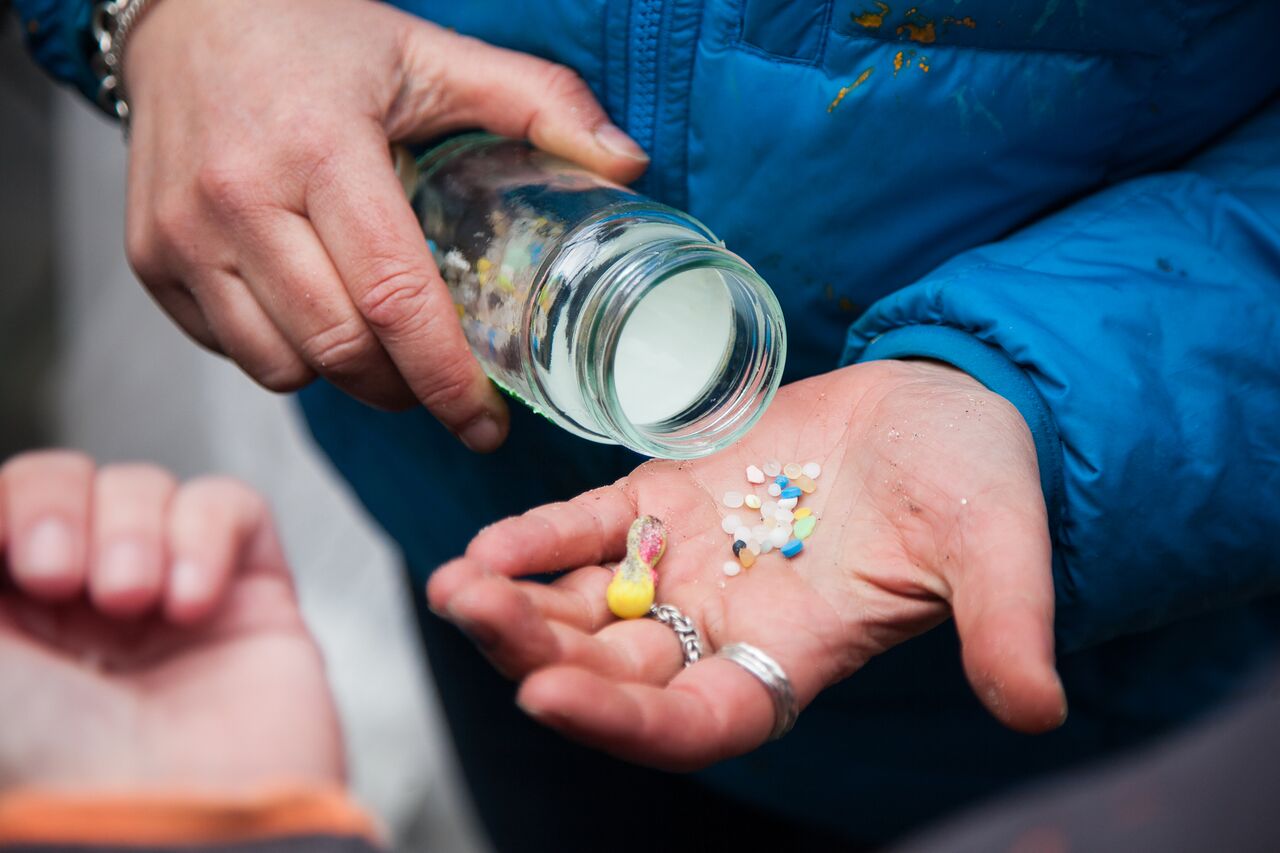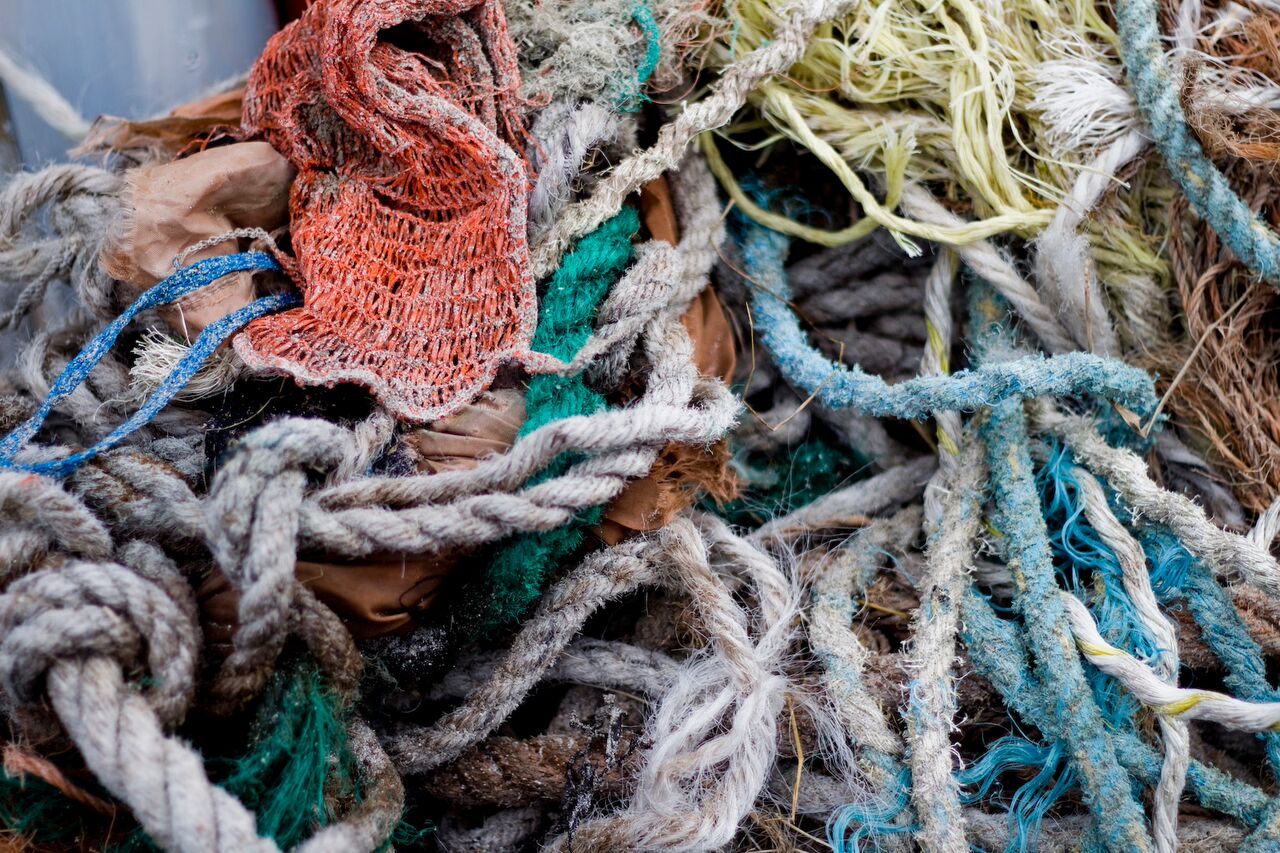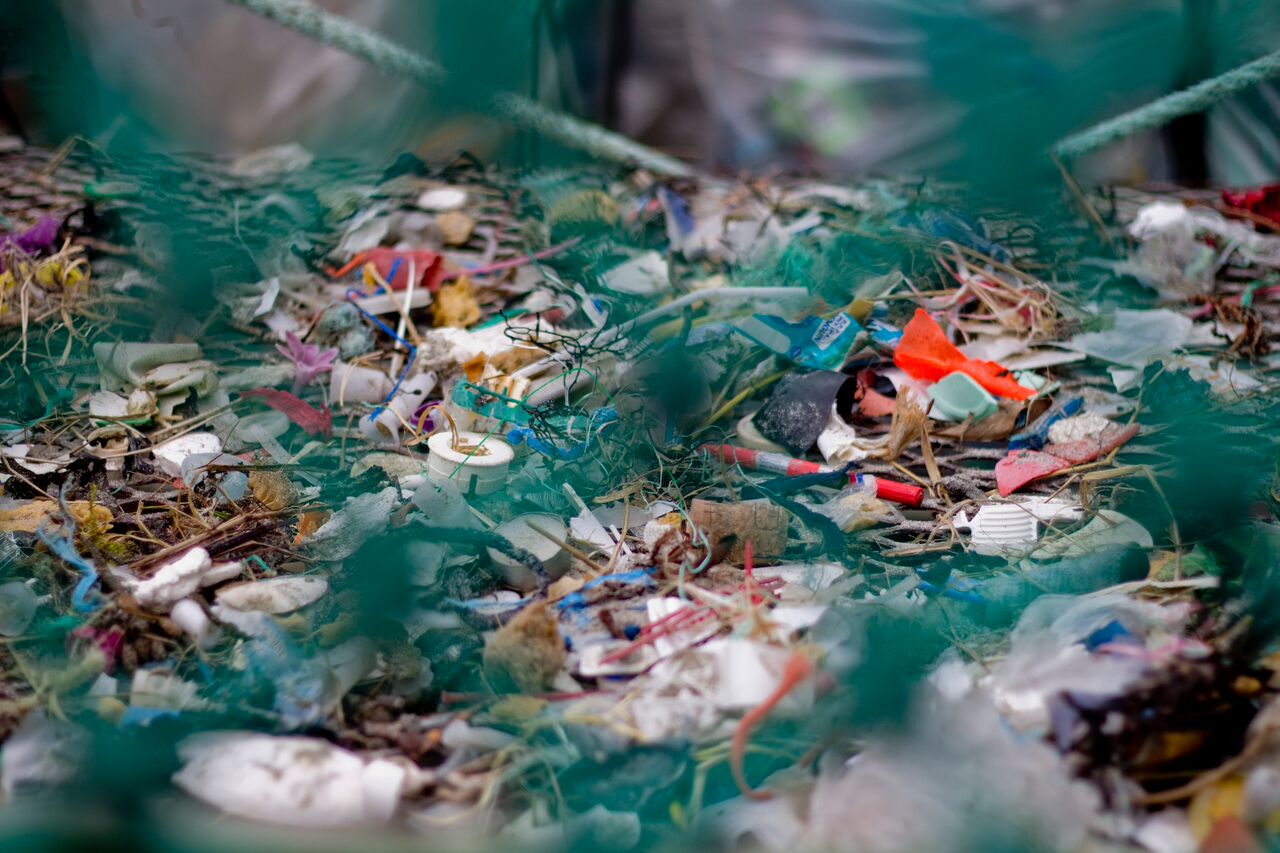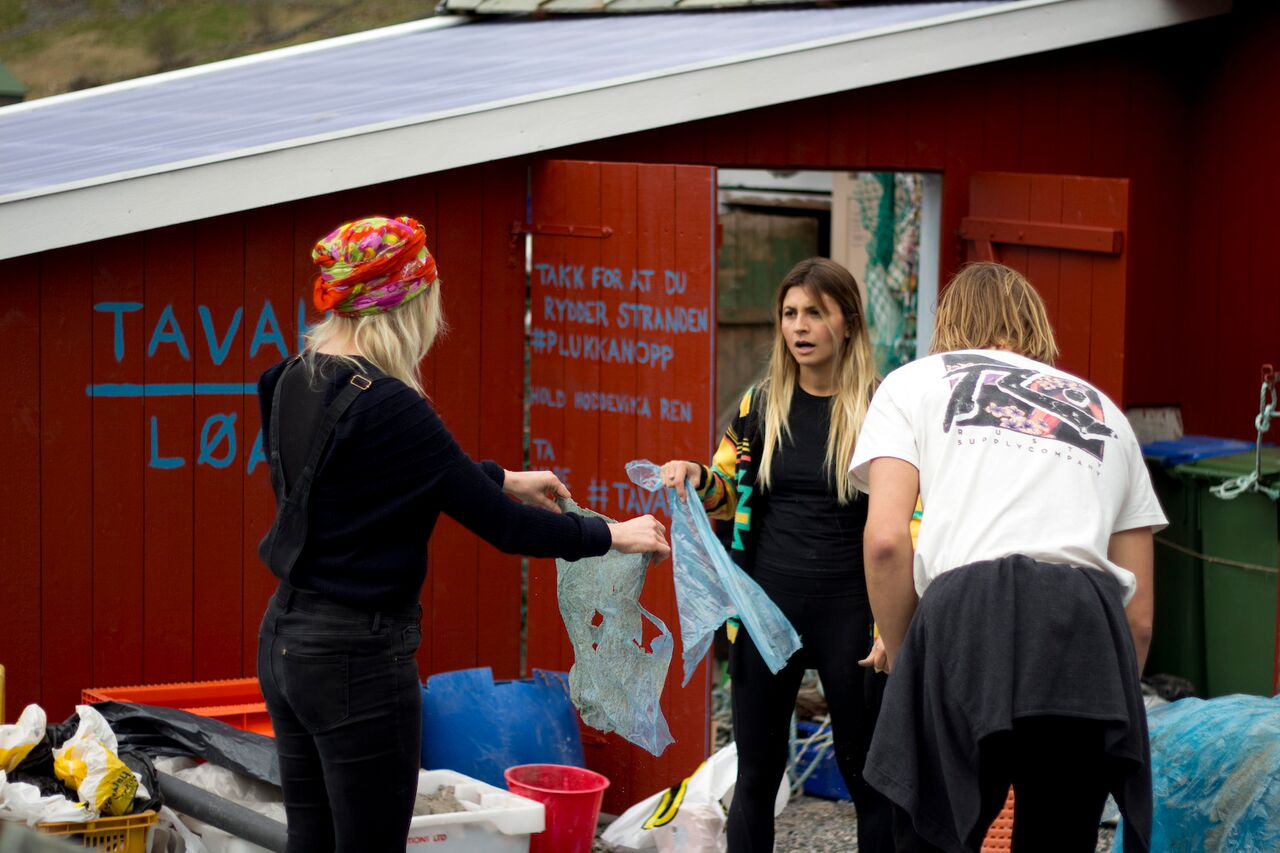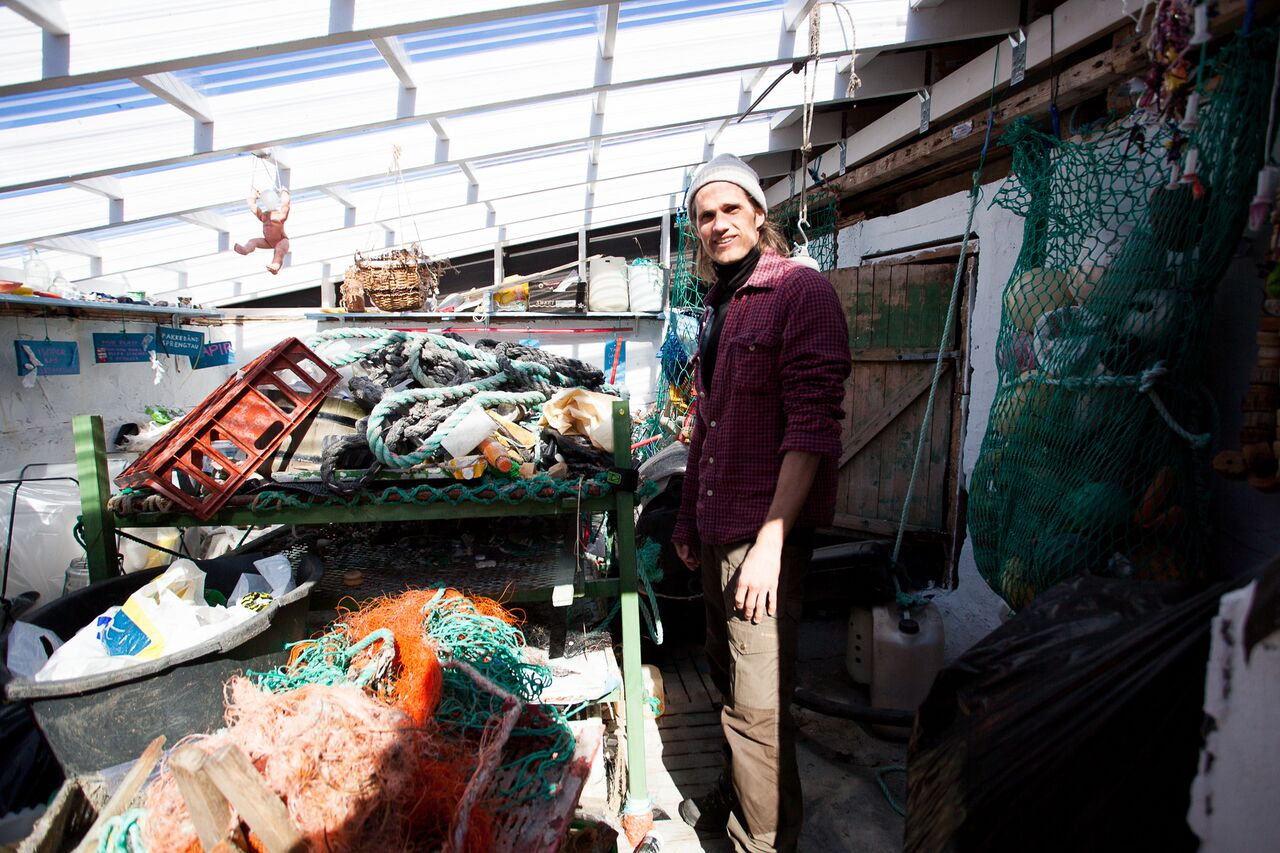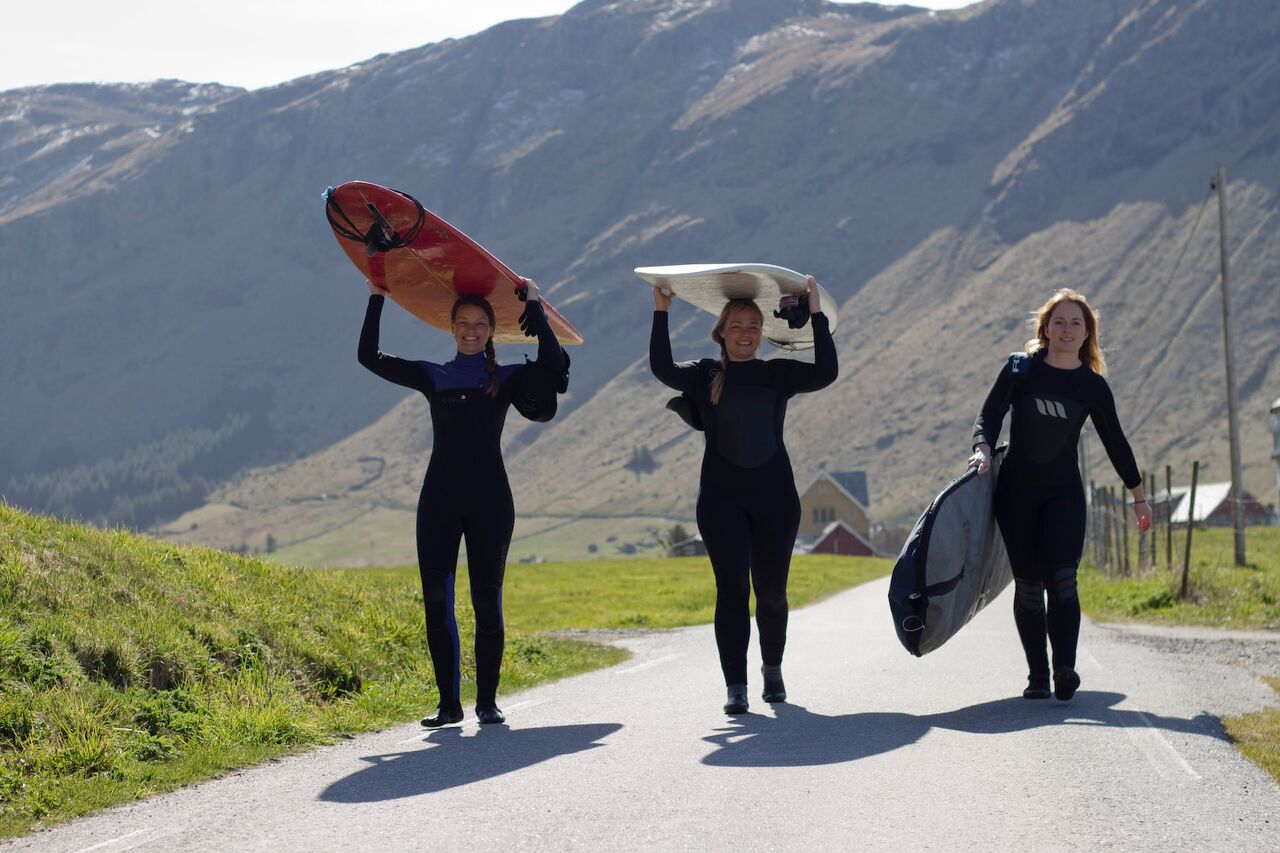Column
Tavaha
— Nordic Ocean Watch
Together with the surfers, some of the local residents have started to create environmental and cultural awareness – and respect. by providing positive experiences for both the visitors and the hosts. They have raised awareness to the sensitive issue on how can we use and enjoy the ocean while at the same time minimize our impact.
Surf. Collect plastic at the beach. Recycle.
Walking barefoot along the white beach can make it difficult to realize the amounts of plastic hiding under the surface. Simen Knudsen is the Norwegian surfer behind Nordic Ocean Watch (NOW) – a movement and collective dedicated to preserve the ocean. We joined Simen for one of the beach cleanups in Hoddevika, and gained knowledge and exchanged experiences with other Hoddevika guests and hosts from different cultures and generations.
“When we take care of the ocean, we take care of each other.” – Simen Knudsen
The recycling station is situated at Akka Surf, a surf hostel where the owner of the hostel, Anne Lerfald, has opened up her barn for all the plastic gathered from the beach in Hoddevika. It all started at the launch of the first issue of the Infinitum magazine. Over a glass of champagne, Simen asked Anne if her barn could be used to store plastic.
Before that Anne had been going on treasure hunts along the beach for years with Grete Hoddevik, one of the other local inhabitants of the bay. When they were out searching for treasures they especially found large numbers of shoes, mostly shoes for the left foot. So many that Anne made an art installation that ended up traveling around Norway. The art installation was called “Skoene som ble igjen” (English: the shoes that were left). Anne used to look at the beach as a shopping center, where she could find material that she could create something from. Along the years, however, the dimensions of plastic increased, and Anne and Grete started asking themselves what they could do about it. And then the launch of the Infinitum magazine took place. Anne agreed on using her barn as storage for plastic, and Simen and Anne became collaborators.
“I have a lot to thank the surfers for – they are cool, tough, they recycle and eat the right food. I am an old lady, but I am still considered cool. I am just basking in their glory.” – Anne Lerfald
The recycling station is called Tavaha Løa. Tavaha [ta-va,-ha-] means to take care of the ocean, and is a word used to describe a culture where we by using the ocean, also will contribute to keep it alive. Løa is the Norwegian word used for a building storing hay and grain. In Tavaha Løa plastic is separated and recycled into different categories such as bottles from other countries, soft plastic and hard plastic. The recycling process starts by emptying bags full of garbage on a massive strainer called “the monster,” built by Simen. The strainer has three different levels of sizes, whereby one starts to recycle the big pieces of plastic such as bottles and parts of fishing nets at the very top, ending with the small pieces at the very bottom.
When the bags for the different categories are filled, they are weighed and stored inside an old silo inside the barn. Weighing the recycled plastic is a way to document what and how much plastic that floats into Hoddevika. It is also a way to document where the plastic comes from.
Anne has found it interesting to see how shocked the visiting recyclers become when they see the heaps of single products that have been gathered. Products they recognize from their everyday lives. Q-tips, bags, sacks and boxes are some of these products. And balloons. “Some time ago, there was an eight year old girl visiting Tavaha Løa and the ‘balloon graveyard’,” Anne explains. “After her visit, her birthday was coming up. When her mom asked her what kind of balloons she wanted for her birthday, she did not want any.”
Anne and Simen wants Tavaha Løa to be a place that can make people aware of how they are littering. Especially the new generation. “They are the ones that are creating the future. They need to understand and be aware of the problem if they are going to be able to change it”, Anne explains. Scaremongering is not one of the tactics used. According to Anne, Tavaha Løa uses fun and play – and routines. “We are just ordinary people. We are not retired, or fanatics. We are not here to scare you with dead birds or other types of scaremongering,” Anne says.
“By seeing what ends up in the ocean, we can also create alternatives,” Anne explains. “For instance, when boats are in port, the doors cannot be locked because of safety reasons. Instead plastic strips that you can easily pull up are used. This way one can see whether someone has entered the boat. The plastic strips easily fall into the ocean, and they are numbered so that one can track where they come from. These are the kind of things that you can make out of other types of material.”
To Anne ecotourism means local, ripple effects, environmentally friendly, and sustainable. When the visitors arrive to Akka Surf, she has made all the guest beds in the house. Backpacks, tents, surfboard and wetsuits can be borrowed from her upon arrival, so that the visitors do not have to load their cars heavily. Lightening the vehicle’s load is a good way to make the drive more environmentally friendly. She has all the equipment needed to help the visitors doing this.
Anne has also made it possible for people to stay in a tent at her property for free if they recycle for a minimum of 3 hours per day. The only thing she expects from them is that they bring their own sleeping bags, toothbrushes and some good mood. Through Akka Surf, Anne is thereby uniting conservation, communities and sustainable travel – creating awareness of the scale of waste, while helping the guests to give something back to the local community. During the weekend we visited Akka Surf and Tavaha Løa, approximately 300 kilos of plastic was gathered and recycled. 300 kilos is approximately the same weight as a large vending machine. Simen and Anne hope that Tavaha Løa is a project and concept that can inspire other people to do the same along the Norwegian coastline, and maybe around the world. Gathering, recycling and registering plastic can clean beaches and create awareness. In the long run it may lead to a reduction of littering and innovative solutions that may save the ocean.
Words by Anja Bergersen
Photographs by Troels Rosenkrantz Andersen and Anja Bergersen
Videos added in column: “Infinitum Movement Hoddevik” by Andreas Bjørseth and “Surfemamma” by Sindre Thoresen Lønnes
